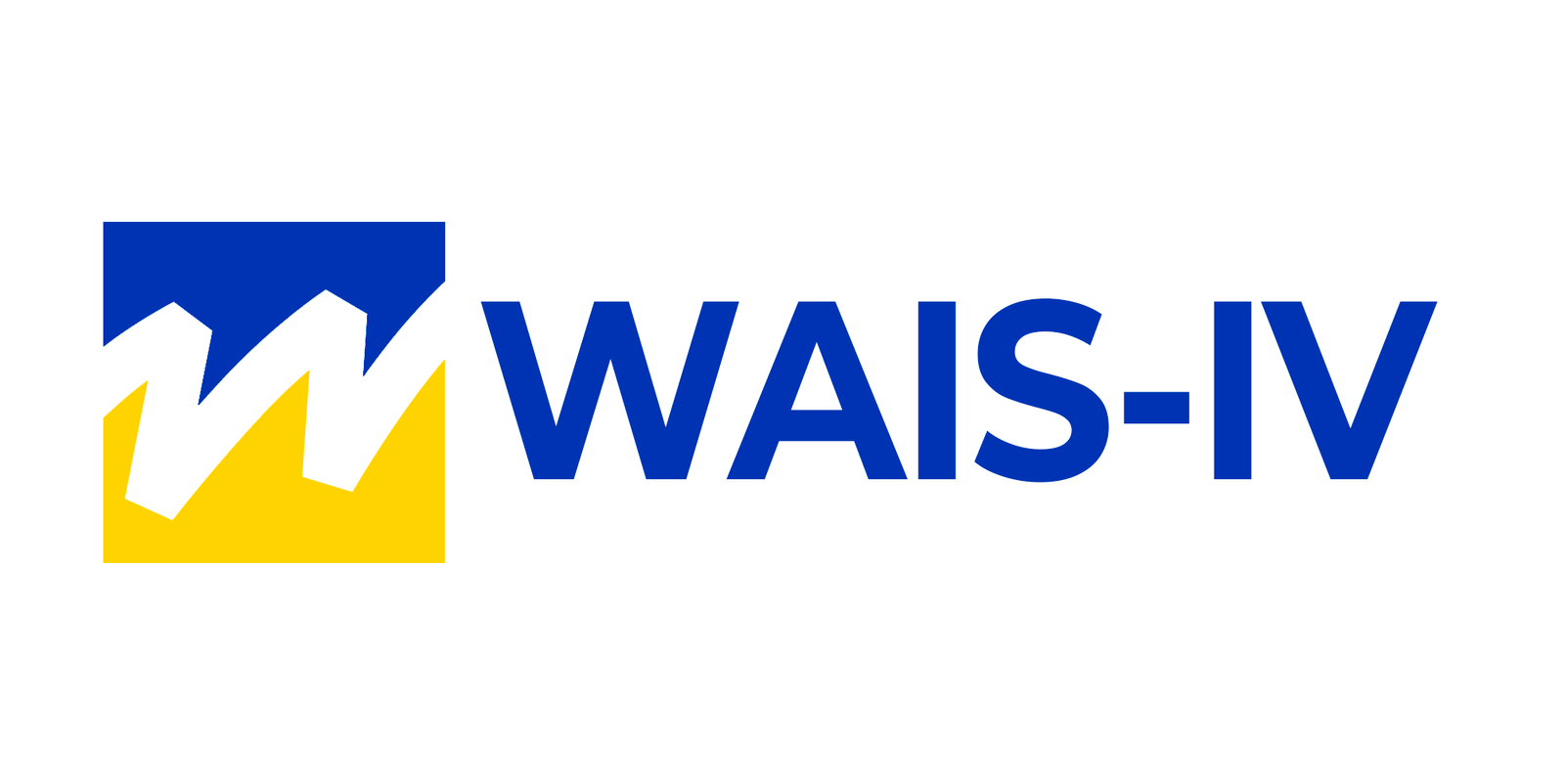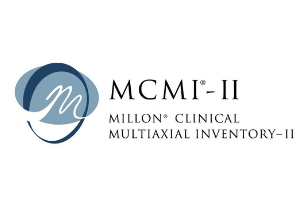NSG 301 Problem Statement Worksheet
(NSG 301 Problem Statement Worksheet)
NSG 301 Problem Statement Worksheet
Name: ________________
Instructions: Please write your answers directly into this document and do not delete the questions or instructions. You may wish to use a different font, text color, or boldface to make your answers more visible, although it’s not required. When completed, “Save as” and add your last name to the file name.
Now that you’ve written a draft of your personal essay, read it as if it were written by someone else. You might try pretending that you are a nurse manager or hospital administrator, and that essay was submitted by someone who works for you—a valuable nurse who you would like to make happy and keep on your staff! Listen carefully to what the essay is telling you. (NSG 301 Problem Statement Worksheet)
- What is the primary problem in the essay?
The essay addresses medication administration errors. Medication administration errors include either administering medication using the wrong dose or the wrong route, administering the wrong drug to the wrong patients or at the wrong time. Dose ommissions and lack of documentation are also considered medication administration errors. The five rights, that is, right patient, medication, time, dose, and route are taught in the nursing curriculum. Nurses should identify and prevent these errors to promote patient safety. Medication administration errors can also be system generated attributed to inadequate training, system misconfiguration, distractors, and convoluted processes. Other factors associated with an increased probability of medication administration errors include burnout, work-related stress, frustrations, and lack of engagement.

- What other problems are mentioned in the essay or are related to the central problem? (Name at least 1, at most 3.)
The essay also mentions other nursing problems, including burnout, work-related stress, and lack of engagement. Nurse burnout encompasses emotional exhaustion, feelings of frustration, and lack of motivation. Causes of work-related stress include working overtime, heavy workload, conflicts with colleagues, and job insecurity. Lack of engagement involves a lack of commitment to and satisfaction with the job linked to factors such as heavy patient workloads and inadequate managerial support and communication.(NSG 301 Problem Statement Worksheet)
- What other problems are of interest to you? (Name at least 1, at most 3.) These can be completely unrelated to your personal essay. It’s your chance to change topics, if you want.
Work safety and inadequate staffing are problems of interest because they significantly impact nursing practice. Inadequate staffing leads to heavy patient workloads and long working hours. Work safety is associated with risks and hazards, including the possibility of infections, that impact nurses in their jobs. Hospitals should promote workplace safety to increase job satisfaction and commitment to patient care.
At this point, you should have at least 3 specific problems on this worksheet. Highlight the ONE problem you’d MOST like to focus on for the classical argument research paper. (Note that you have the opportunity to change topics. You are not required to stick with the problem central to your personal essay.) Answer the rest of the questions about the highlighted problem ONLY. (NSG 301 Problem Statement Worksheet)
Answers You Already Know
- Briefly describe the problem as it affects the specific population that you know (from your own experience, observation, or reading) is affected by this problem. Make sure you name the specific population. (Don’t discuss any solutions yet, just the problem.)
Everyone taking medication is considered a vulnerable population and at risk of medication administration errors. However, there are some populations perceived to be at a higher risk of experiencing these errors, including elders, children, and those with limited language skills, especially English and health literacy. The elderly population is significantly at risk, particularly those individuals taking multiple medications. Patients in surgical care, intensive care, and emergency rooms are also at increased risk of experiencing medication administration errors. (NSG 301 Problem Statement Worksheet)
- Why is it important this problem be addressed now?
Medication administration errors are associated with adverse drug events, complications, patient morbidity, and mortality in worse-case scenarios. These errors also affect the hospital’s and providers’ reputation and increase high institutional and healthcare system costs. Addressing medication administration errors would help prevent adverse drug events, complications, morbidity, and mortality. It would also promote a positive image of the hospital and healthcare providers and help reduce healthcare-related costs.
- What is the current practice/protocol in your workplace?
Current practices to limit and prevent medication administration errors at the workplace include standardized communication, optimizing nursing workflow, and focusing on high agents. The organization has also adopted computerized physician order entry to reduce the risk of medication administration errors.
Look at your answers to questions D-F and highlight at least 1 and at most 3 key words or short phrases that could help narrow your focus.
Asking Questions About What You DON’T Know
Asking questions is a good way to explore what you might want to research. Keep in mind that you do NOT need to know the answers at this point. In fact, you SHOULDN’T have all the answers, because the entire point of research is to find out something you don’t already know.
- What causes the problem? Consider the factors that create or exacerbate the problem. Some you may know. Others might be speculation. Write at least 3 questions about possible causes. (Try the formula: Is ____ a cause of [the problem]?)
Examples: (If my topic/problem is “violence in the ED”) 1. Do long ED wait times make patients more likely to become violent? 2. Do drug-seeking patients cause the majority of ED violence? 3. Do staff attitudes provoke violent reactions?
- What work-related factors cause medication administration errors?
- What individual-related factors increase the risk of medication administration errors?
- What system-related factors increase the risk of medication administration errors?
- Are managerial and leadership comptenecies linked to medication administration errors?
- What are the effects of the problem? Some you may know, while others may be predictions. Write at least 3 questions about possible effects. (Try the formula: Does [the problem] cause ____?)
Examples: (If my topic/problem is “violence in the ED”) 1. Does ED violence cause the hospital to lose money? 2. Does violence make it harder to retain ED nurses compared to other units? 3. If ED violence continues, will patients be afraid to seek help?
- Do medication administration errors increase morbidity and mortality rates in the healthcare facility?
- Are medication administration errors associated with long hospital stays, patient readmissions, and adverse drug events observed at the healthcare facility?
- Is there an association between hospital ratings and medication administration errors?
- Do medication administration errors affect relationships between healthcare providers and their patients?
- Write at least 4 factual questions about your topic. If I knew nothing about your topic, what questions would I ask about it? Make a list of specific questions that ask: Who? What? When? Where? (Do not ask questions about causes or effects, since you’ve already covered that.)
Examples: (If my topic/problem is “violence in the ED”) 1. Who are the usual perpetrators and victims of ED violence? 2. When do most violent incidents occur? 3. How often do they occur? 4. Where is risk the greatest (in waiting room or exam area)? 5. What are some security precautions taken in the ED? Etc.
- Who are associated with a high rate of medication administration errors at the healthcare facility?
- What time or day is associated with most medication administration errors?
- In which departments is the risk of medication administration errors the greatest?
- How often are medication administration errors at the workplace?
- What safety precautions are applied to address medication administration errors at the workplace?
- You’ll also need to know the scope of the problem. Since the questions are likely to be the same for everyone, I’m just going to give you the questions and ask you to either speculate about the answers or respond “I don’t know.” Remember that it’s OK to recognize gaps in your knowledge!
- Other than the population mentioned in your answer to question D above, who else might be affected by this problem?
The essay focuses more on the elderly population as being at the greatest risk of experiencing medication administration errors. However, children, immigrants with limited English skills, and health illterate individuals are also at an increased risk of experiencing medication administration errors.
- Is this problem limited to your unit, your institution, your region, NY state, the U.S.? Is it a global problem? Is it a particular problem in certain settings (such as rural hospitals, urban communities, developing nations, etc.)?
Medication administration errors are not limited to specific settings because they are reported at every healthcare facility. These errors are universal, with the only difference being the rate at different healthcare facilities.
- How long has this problem been going on or been acknowledged as a problem in the academic conversation?
Medication administration errors have been around since drugs were created to address healthcare problems. There are no documentations on the exact time. However, medication administration errors are recognized in academic convesartions throughout the history of medicine, associated with breakdown at any stage of the medication process.
- What is being done to address this problem in other places?
Medication administration errors impact patient safety, and the primary focus of healthcare reforms is promoting patient safety. Evidence-based interventions to reduce medication administration errors at the moment include staff training, standardized labelling, and clear storage requirements. Technological interventions include clinical decision support strategies and computerized physician order entry systems. Electronic health records also facilitate efforts to reduce medication administration errors by providing the correct and timely information to support prescription and administration.
Some questions will be interesting to you, and you’ll want to explore them further. Others may not interest you. Asking lots of questions is a good way to decide which aspects of the problem you’ll want to focus on and which you’d rather not. Look at the questions and guesses you made in response to questions G-J(d). Highlight at least 1 and at most 3 of the individual points that are most interesting to you personally. (For example, if I highlight just “Do long ED wait times make patients more likely to become violent?” that’s 1 individual point. If I highlight all 3 of my responses to question G, that would be 3 individual points.)
Create a Problem Statement
- Look at everything you have highlighted in the sections above. Identify key words or short phrases that might be valuable search terms. (For example, “ED wait times” and “patient violence” would be good selections from the example sentence above.) Copy and paste ALL the key words and phrases here: (1 problem from A-C; 1-3 keywords from D-F; 1-3 points from G-J)
Phrases and Keywords
- The five rights of medication administration: The right patient, medication, time, dose, and route.
- Medication administration errors among older adults
- Association between medication administration errors and adverse drug events, complications, patient morbidity, and mortality.
- Standardized communication and workflow optimization role in reducing medication administration errors.
- Work-related factors associated with medication administration errors.
- The prevalence of medication administration errors at the workplace.
- Make a claim about your problem. A good approach is to answer the question: What’s bad about the problem? The claim cannot be personal in nature, but it may be specific to your unit/institution. (If it’s specific to your workplace, name the specific place instead of using first person pronouns. For example, “the ED at Highland Hospital” is good, but “my unit” is not.) Incorporate at least 2 of the key words or phrases from your response to question K. You may include speculative details in your claim (you can always revise if the research doesn’t support the claim. Example: Excessive wait times in the ED increase the likelihood that patients will become violent.) Write only ONE SENTENCE and keep it short and simple:
Medication administration errors increase the risk of adverse drug events, complications, patient morbidity, and mortality. (NSG 301 Problem Statement Worksheet)
Believe it or not, you just wrote the first half of your thesis statement AND have prepared a list of search terms to guide your research! The Answers You Already Know and the answers you’ll find to the Questions About What You DON’T Know will be more than enough to fill the introduction and background sections of your classical argument paper. You’ve made a lot of progress! Go get a healthy snack and a glass of water to celebrate.
References
https://www.ncbi.nlm.nih.gov/pmc/articles/PMC7764714/











